Standing on a beach looking out to sea leads most of us to ponder the question, “I wonder what is out there?” The explorers among us grab a mask and snorkel to see for ourselves. Warm, sunny waters invite hands-on exploration, making for enjoyable vacations, but what about the vast majority of the oceans deeper than 40 meters (131 feet) and beyond the range of most SCUBA divers. Technological advances, driven by the military and the oil industry, have given archaeologists new tools to take them deeper. As a result, ocean exploration is becoming increasingly robotic.

Robots allow archaeologists to locate and investigate shipwrecks and other submerged archaeological sites at depths beyond that 40-meter-easily accessible depth. Robotic explorers generally fall into two categories, autonomous underwater vehicles (AUVs) and remotely operated vehicles (ROVs). Each type of vehicle has specific capabilities that make it better suited to certain kinds of research.
Secrets in the Deep
So, why would archaeologists want to spend the time and effort needed to locate and study a shipwreck in water deeper than they can reach by diving? Shipwrecks in the deep ocean can yield information about their place of origin or their early history that has not been scrambled by the effects of waves. Fragile artifacts are also more intact when they have escaped wave action. Not surprisingly, shipwrecks beyond the reach of scuba divers also have better site integrity. Shipwrecks found in shallow waters are often like a book with its pages jumbled or ripped out.
This story is from the March 2017 edition of Dig Into History Magazine for Kids and Teens.
Start your 7-day Magzter GOLD free trial to access thousands of curated premium stories, and 8,500+ magazines and newspapers.
Already a subscriber ? Sign In
This story is from the March 2017 edition of Dig Into History Magazine for Kids and Teens.
Start your 7-day Magzter GOLD free trial to access thousands of curated premium stories, and 8,500+ magazines and newspapers.
Already a subscriber? Sign In

Worshiping Heaven
For almost 500 years, emperors of the Ming and Qing dynasties offered sacrifices and prayers at the Temple of Heaven in Beijing.
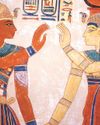
Peace Reigns
The news spread throughout Egypt—a new pharaoh, Ramses III, now sat on the throne.
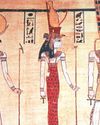
Problems To The East
Ramses III, the second king of Egypt’s 20th Dynasty, is viewed as Egypt’s last truly great pharaoh.
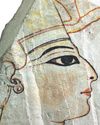
The Successors
Following the death of Ramses III, eight pharaohs, all named Ramses, ruled Egypt.
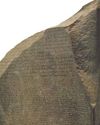
Stone Code
Hundreds of ships, led by the French general Napoleon Bonaparte, sailed from France in May 1798 on a secret mission.

Up & Away!
Eclipse observers often face unexpected difficulties, sometimes on their way to their chosen sites and sometimes at a site itself.

Edison's Eclipse Adventure
Thomas Edison (1847–1931) is the best-known inventor in American history.
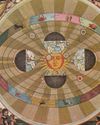
Digging Up Copernicus
The scientist “who made the Earth a planet” is how the Harvard-Smithsonian astronomer Owen Gingerich refers to Nicolaus Copernicus (1473–1543). Copernicus’ path breaking book, On the Revolutions of the Heavenly Spheres,challenged the centuries-old belief that the Earth stood stationary at the center of the cosmos.
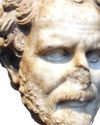
Demosthenes & Cicero
Even today, more than 2,000 years after they lived, Demosthenes and Cicero are still considered two of history’s most outstanding orators.

Confucius & Socrates
Some teachers are so inspirational that their influence lives on long after they die.